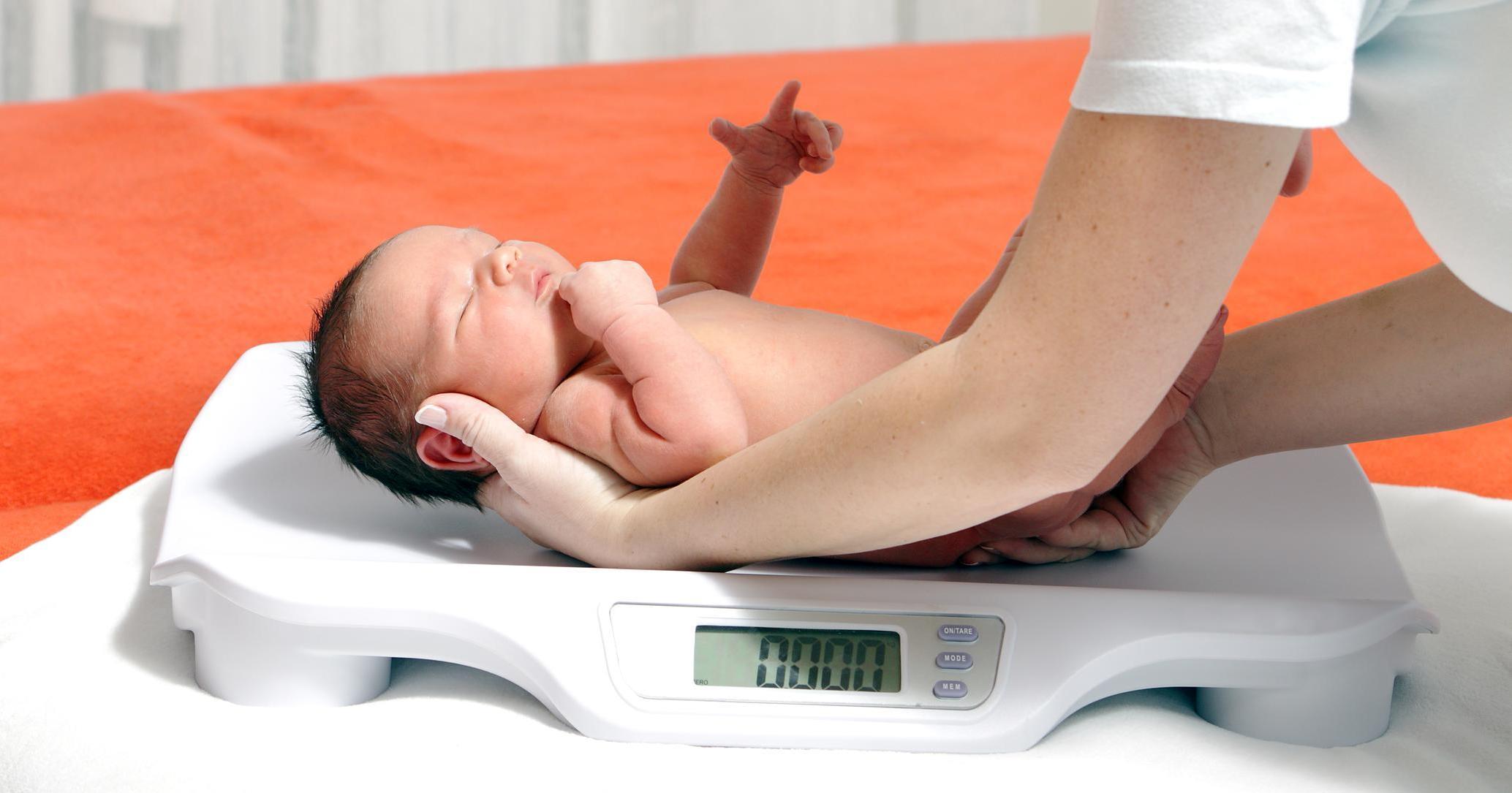Major Symptoms Of Pyloric Stenosis
Weight Issues
Since the baby is finding it hard to get the proper nutrition, they might have weight issues if pyloric stenosis isn’t treated. This can either be weight loss or an inability to gain weight. Some babies actually lose a bit of weight after they are born, but regain it quickly. From the time they are born until they are six months old, a baby should put on roughly five to seven ounces every week. By the time the baby is five months old, they should weigh twice what they weighed at birth. From six months old to a year, babies should put on three to five ounces every week. By the time the baby is a year old, they should weigh three times what they weighed at birth.
Get details on another sign of pyloric stenosis now.
Vomiting After Feeding

One of the more dramatic signs of pyloric stenosis is vomiting after feeding. This is not just the normal spit up that happens with infants but projectile vomiting. This sort of vomiting arcs out of the baby’s mouth and can land some feet away. The vomit does not contain bile because the gallbladder was not able to inject bile into the stomach, but the milk or formula might have a sour smell because it has had time to be mixed with the hydrochloric acid and other enzymes in the stomach. This projectile vomiting leads to many of the other symptoms of pyloric stenosis. The vomiting sometimes happens immediately after the baby is fed but can occur some time after.
Keep reading for more information on symptoms of pyloric stenosis now.
